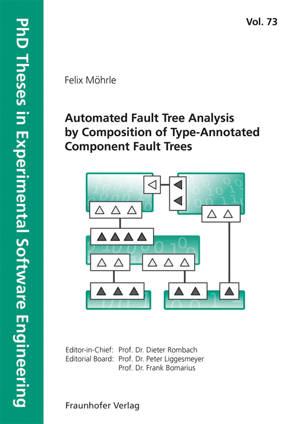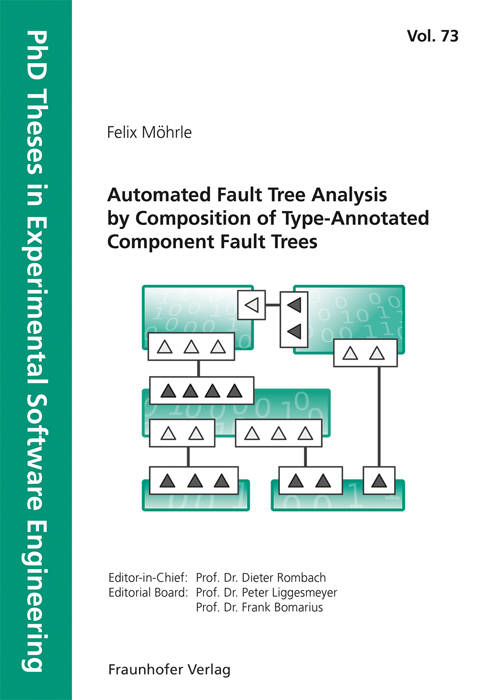
- Afhalen na 1 uur in een winkel met voorraad
- Gratis thuislevering in België vanaf € 30
- Ruim aanbod met 7 miljoen producten
- Afhalen na 1 uur in een winkel met voorraad
- Gratis thuislevering in België vanaf € 30
- Ruim aanbod met 7 miljoen producten
Zoeken
Automated Fault Tree Analysis by Composition of Type-Annotated Component Fault Trees.
Felix Möhrle
€ 88,95
+ 177 punten
Omschrijving
Safety assessment is a critical component in the design of many modern systems. Fault Tree Analysis (FTA) is a safety analysis technique that originated within the chemical industry and is widely accepted and used in many areas today. One of its drawbacks is that its application often becomes tedious and time-consuming for complex systems. This poses an obstacle in practice, where competitiveness and a short time-to-market are essential. Component Fault Trees (CFTs) solve several related issues by breaking down the models into smaller, more manageable parts and better aligning the safety analysis model with the component structure of the system architecture. A remaining shortcoming is that their composition into a cohesive fault tree at system level is a manual task to date. This work introduces the automation of this step by composing CFTs based on machine-readable type annotations at their interfaces. The resulting process relieves the burden on safety engineers by assisting them in the creation and maintenance of safety analysis models and facilitating the repetition of analyses after revisions to the system design.
Specificaties
Betrokkenen
- Auteur(s):
- Uitgeverij:
Inhoud
- Aantal bladzijden:
- 195
- Taal:
- Engels
- Reeks:
- Reeksnummer:
- nr. 73
Eigenschappen
- Productcode (EAN):
- 9783839619124
- Uitvoering:
- Paperback
- Afmetingen:
- 186 mm x 12 mm
- Gewicht:
- 355 g

Alleen bij Standaard Boekhandel
+ 177 punten op je klantenkaart van Standaard Boekhandel
Beoordelingen
We publiceren alleen reviews die voldoen aan de voorwaarden voor reviews. Bekijk onze voorwaarden voor reviews.











